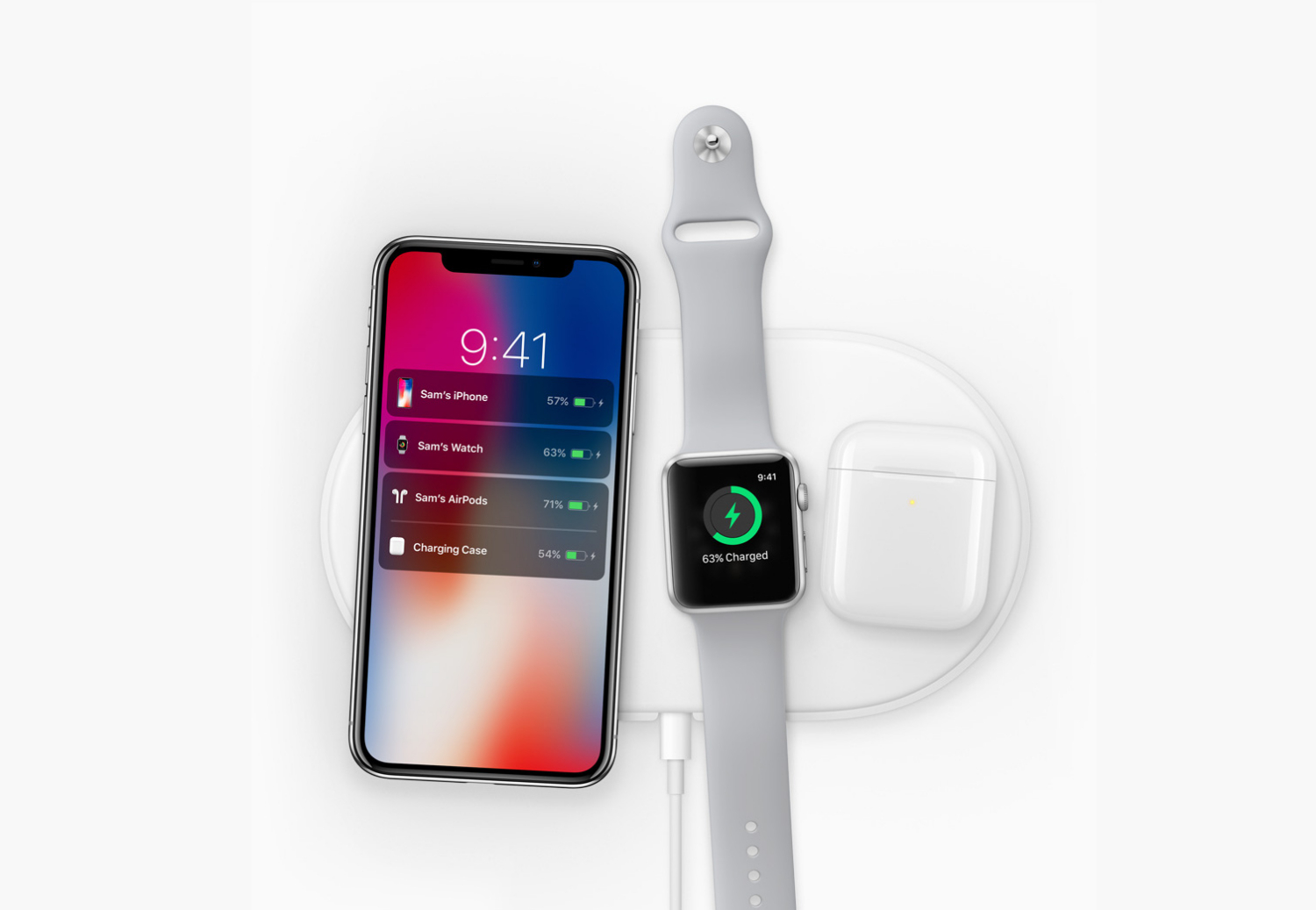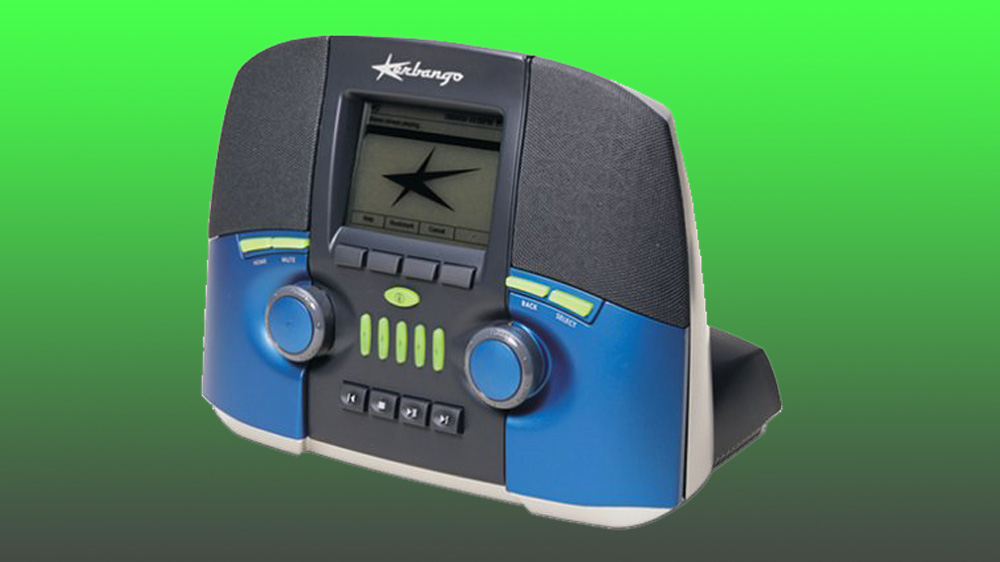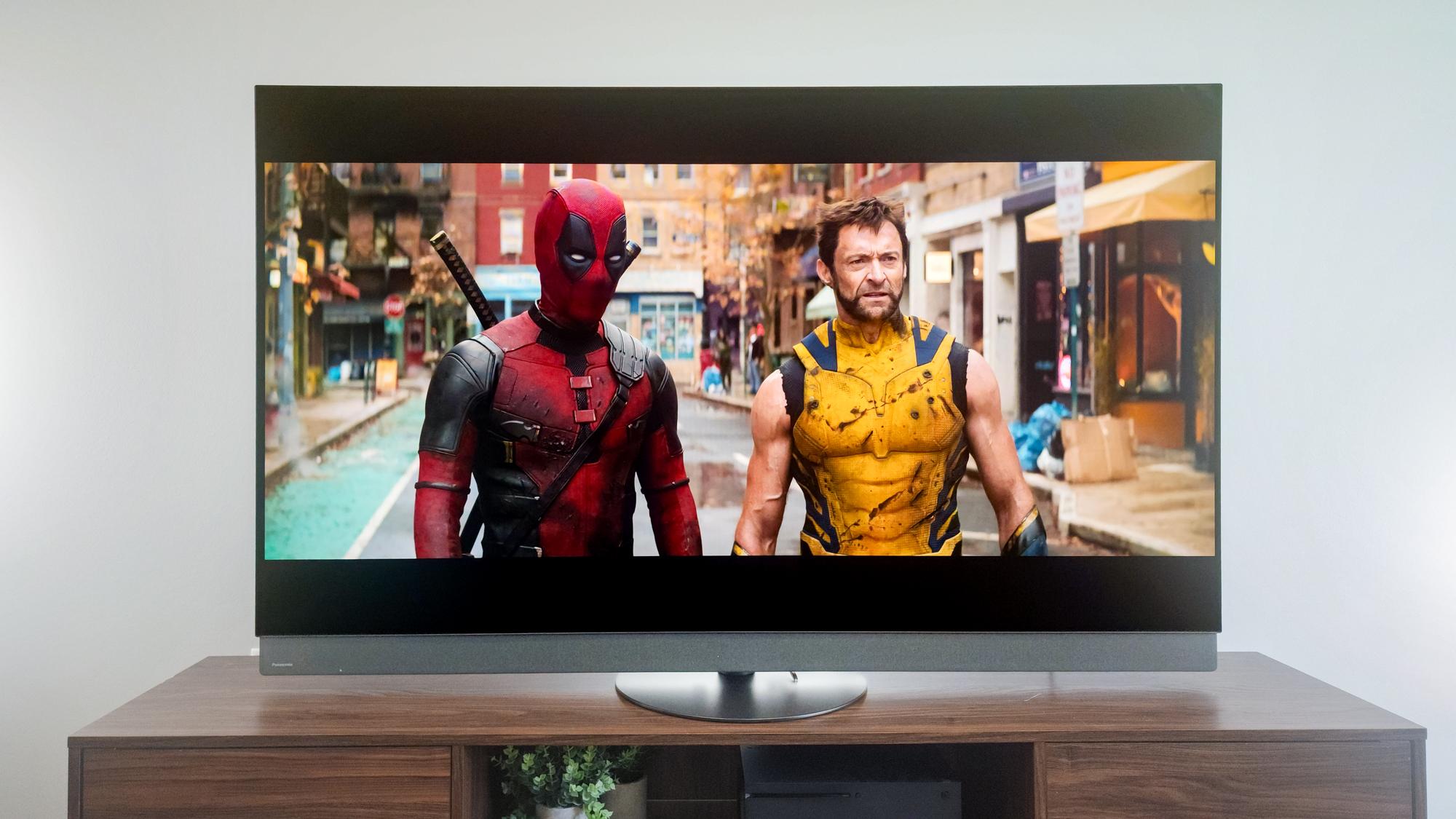Will the Galaxy Fold Join This List of All-Time Vaporware?
Here are 9 of the greatest vaporware stories, where tech companies failed to deliver the products they announced.
Right now, it seems as if nobody's sure what will happen with Samsung's superpricey folding phone, the Galaxy Fold. Will it die in the shadows of last-second research and development or rise from the ashes like an origami phoenix?

Yes, this $2,000 handset's story isn't as simple as its name, as early reviewers accidentally broke its screen by peeling back a plastic layer that they didn't realize was a part of the phone. While Samsung's reportedly pushing the device's launch back as far as July, Best Buy's not waiting and canceled all of its preorders.
So, while we wait to see where the Fold falls in the annals of vaporware (products that are announced but never come out), let's take a stroll back through memory lane. Check out the craziest examples of tech too weird or ambitious to see daylight.
Google Nexus Q
So the Nexus Q streaming-media player may not totally fit the definition of vaporware, given that units were handed out to attendees of Google's I/O conference in 2012, and those who preordered the device did get their orders fulfilled. But just one month after the player's unveiling, Google took the device down from its store, and by January 2013, the Nexus Q was scrubbed entirely from existence. It's unclear precisely why, though critics were skeptical about the Nexus Q's viability from the get-go. The device was to cost $299, yet didn't support any third-party streaming platforms or even have an interface, meaning you'd have to control it with your smartphone or tablet. In the latter respect, it was actually quite similar to the Chromecast, which Google would eventually release later in 2013. However, of course, the Chromecast was a tenth of the price of this spherical contraption and could do a lot more. So yeah, that may have had something to do with it. — Adam Ismail
Palm Foleo
The first attempt to turn a smartphone into a fully fledged laptop, the Foleo had a 10-inch display, a keyboard, Bluetooth and Wi-Fi. It was meant to be an accessory for the Palm Treo. However, this $500 device that wasn't quite a smartphone but wasn't quite a laptop either got panned by a number of reviewers and analysts, and the project was canceled in September 2007. — Mike Prospero
Infinium Labs Phantom
Today, we take for granted the ability to download copious amounts of software to our game consoles over the internet, at very high speeds and all from the comfort of our sofas. Back in 2002, none of that was really possible — though that didn't deter startup Infinium Labs from pitching its PC-based Phantom system. Theoretically, the Phantom would have leveraged an always-online broadband connection to deliver seamless title updates and firmware patches to improve performance. In those ways, the concept shared more with today's platforms than the original Xbox, PlayStation 2 and GameCube of the time. Unlike those consoles, however, the Phantom never actually existed; Infinium Labs missed its initial Q1 2004 target, then subsequently failed to deliver every single time it pushed back the date. Last we heard, about a decade ago, the company had pivoted to peddling wireless keyboards. — Adam Ismail
Coolest Cooler
A cooler, Bluetooth speaker, LED lamp, bottle opener and blender all in one? That's the coolest! Or at least, that's what the 62,000 Kickstarter backers who pledged a collective $13.3 million thought. Too bad the company never managed to make more than a handful of units. The Oregon Department of Justice ended up investigating the company, reaching a settlement. This summer will mark the five-year anniversary of the cooler's launch on Kickstarter, and backers are still waiting. Not cool. — Mike Prospero
AirPower
Apple flew too close to the sun with AirPower and burned itself in the process. Revealed at a September 2017 event, AirPower was a Qi-based wireless charging mat that would be able to charge an iPhone, an Apple Watch and AirPods all at the same time. AirPower was revealed alongside the iPhone X, 8 and 8 Plus, Apple's first wireless-charging phones, and was meant to be the ideal way to refuel them. Apple's plans started to publicly fizzle out when the company missed the 2018 release window it had teased at the initial event.

Why was AirPower the most ambitious Qi charger ever? Well, Apple introduced the oblong oval pad with the promise that items would charge no matter where they were placed on the device. Unfortunately, the company made that announcement well before figuring out how to actually do this safely and properly. As months passed, rumors flew that AirPower ran too hot and that communication signals were dampened between devices, mysteries surrounding AirPower's existence became something of a running joke. On March 29, the company formally announced it was killing AirPower, when Apple's senior vice president of hardware engineering, Dan Riccio, sent out a statement announcing, "After much effort, we've concluded AirPower will not achieve our high standards, and we have canceled the project." — Henry T. Casey
Nintendo PlayStation
It's the stuff of legend: Nintendo, riding high off the enthusiasm surrounding the impending Super Nintendo Entertainment System, was to partner with technology and entertainment giant Sony in an effort to develop a CD-ROM add-on for Kyoto's 16-bit home console. It was a match seemingly made in heaven; Nintendo understood games, and Sony, one of the pioneers of the CD-ROM format, understood physical media and distribution. Sony teased the SNES-based PlayStation on stage at CES 1991, but the next day, Nintendo announced it had found another partner: Phillips.

The world would soon learn that Nintendo was uncomfortable with the terms of its agreement with Sony, which would have allowed the latter to reap all the spoils from software licensing. Ultimately, neither the add-on disc drive nor the stand-alone PlayStation ever saw the light of day, though Sony was still keen on repurposing the catchy brand name it had come up with to poach all of Nintendo's market share later in the decade. To date, just one known prototype of the original incarnation of the PlayStation exists; unearthed in 2015, it's the only vestige we have of a very different reality that never came to pass. — Adam Ismail
TechCrunch CrunchPad
In some bizarro-world/alternate timeline, we don't have iPads, but CrunchPads instead. If you think it sounds weird, buckle up, because it gets so much weirder. The story begins with Techcrunch founder Michael Arrington (who would one day cameo on HBO's Silicon Valley), who showed off Prototype A of his slate in 2008, as he expressed his intent to release a $200 tablet. Arrington sold it to the public as a device for the people, writing, "If everything works well, we'd then open-source the design and software and let anyone build one that wants to." But about that "everything works well" part.
A shoddy-looking 12-inch LCD screen running Ubuntu Linux on an Intel Atom processor, the CrunchPad made it to a third prototype in April 2019, seven months before it died. Arrington's partner in the CrunchPad, Fusion Garage in Singapore, told him on Nov. 17, 2009, that it would no longer fund the project and would instead take the project with them. After this abrupt, AOL-style "Goodbye!" moment, Fusion announced it would release the CrunchPad as … the JooJoo. That didn't even happen, as Arrington found religion in litigation, which led to Fusion Garage eventually going into liquidation. — Henry T. Casey
The Kerbango

Imagine if Spotify and Pandora, the veritable radio stations of the internet, required an actual boombox. That was the weird future people saw in 1998, when Kerbango was founded, seeking to create Kerbango Internet Radio. On the inside, the Kerbango ran Linux (like many machines secretly do) and featured the RealNetworks (ask your aunts and uncles) G2 player to work with internet streams. Plus, an AM/FM tuner was thrown in for good measure. A product this complicated is destined to never see the light of day, and in 2001, this franken-boombox went (ker)bang. — Henry T. Casey
The Hyperloop
Never, ever trust a man who reeks of Bond villainy. That's the lesson we've learned as Elon Musk's punnily named The Boring Company drilled its way from a futuristic means of transit to a very, very basic tube. The prolific tweeter and podcast guest announced he "received verbal govt approval for The Boring Company to build an underground NY-Phil-Balt-DC Hyperloop" that would take one from New York to D.C. in 29 minutes. He also teased that the Hyperloop would feature electric sleds to schlep "automobiles, goods and/or people," but the final vehicles just turned out to be Tesla's own cars.
And in December 2018, Musk's test tunnel hit a few speed bumps, or rather, it was a very bumpy road, literally. Curbed described the 44-mph test experience as a "driver [who] accelerates into the narrow tunnel," where the "experience is bumpy and jarring, like four-wheeling in a Jeep on a gravel road." While The Boring Company would fix that shockingly boring problem with a completely novel idea — paving the road — a Saturday, May 26, reveal exposed the system as a much more banal invention. The sleds, now gone, have been replaced with cars, on rubber tires, on pavement. No rails or tracks. When asked why he abandoned his sleds, Musk replied, "This is simple and just works." How … boring. — Henry T. Casey
Get instant access to breaking news, the hottest reviews, great deals and helpful tips.

Tom's Guide upgrades your life by helping you decide what products to buy, finding the best deals and showing you how to get the most out of them and solving problems as they arise. Tom's Guide is here to help you accomplish your goals, find great products without the hassle, get the best deals, discover things others don’t want you to know and save time when problems arise. Visit the About Tom's Guide page for more information and to find out how we test products.
